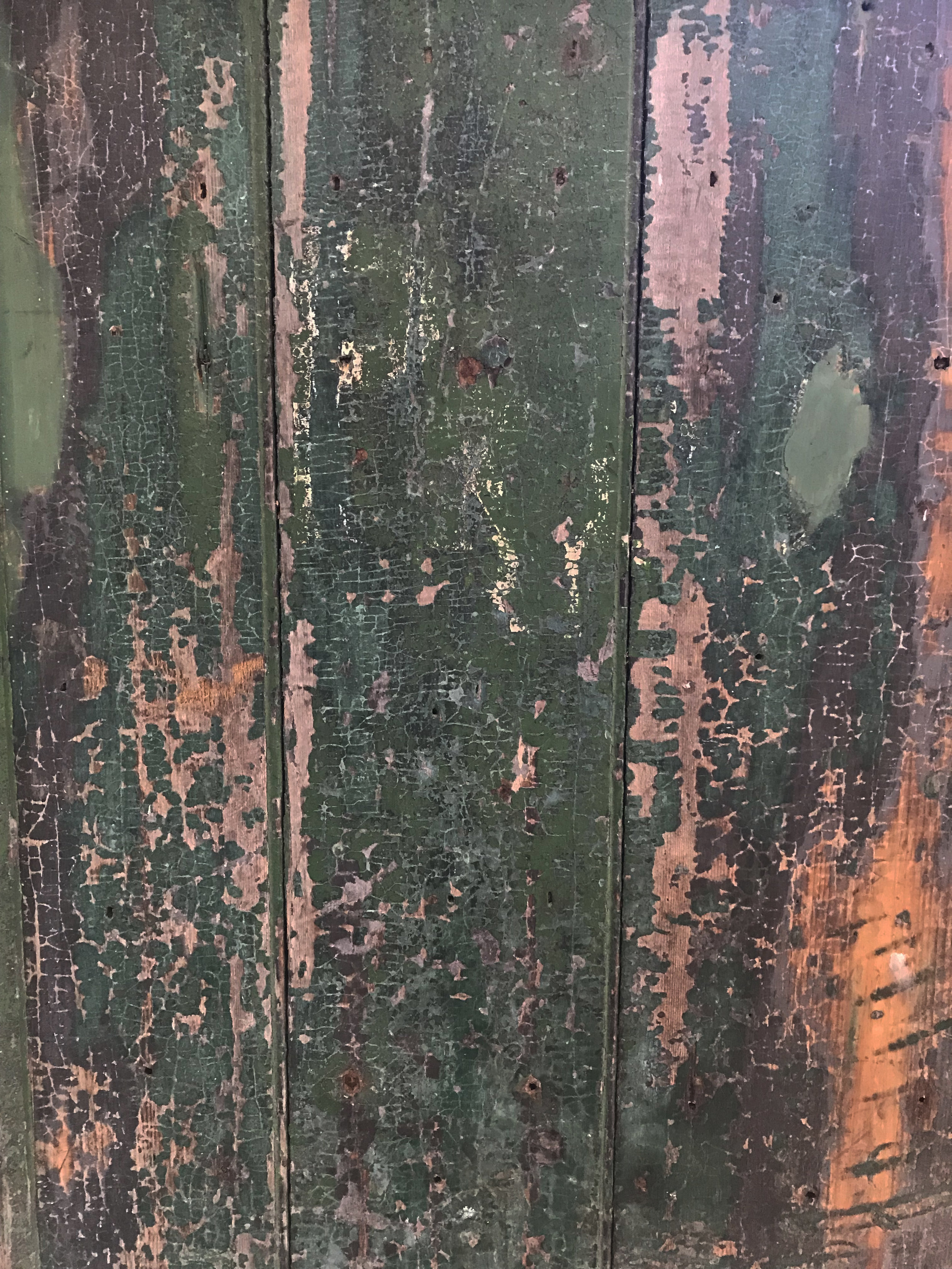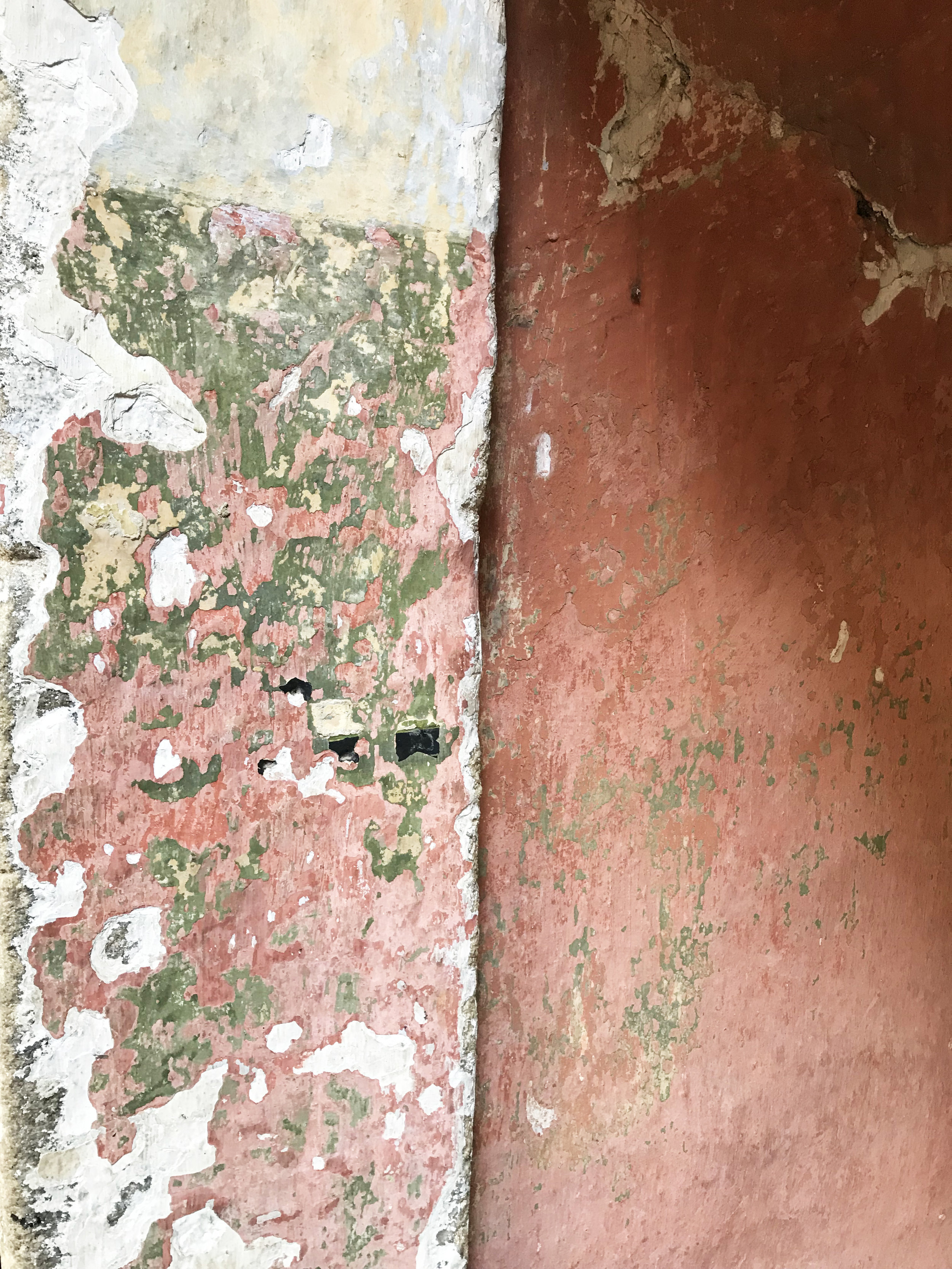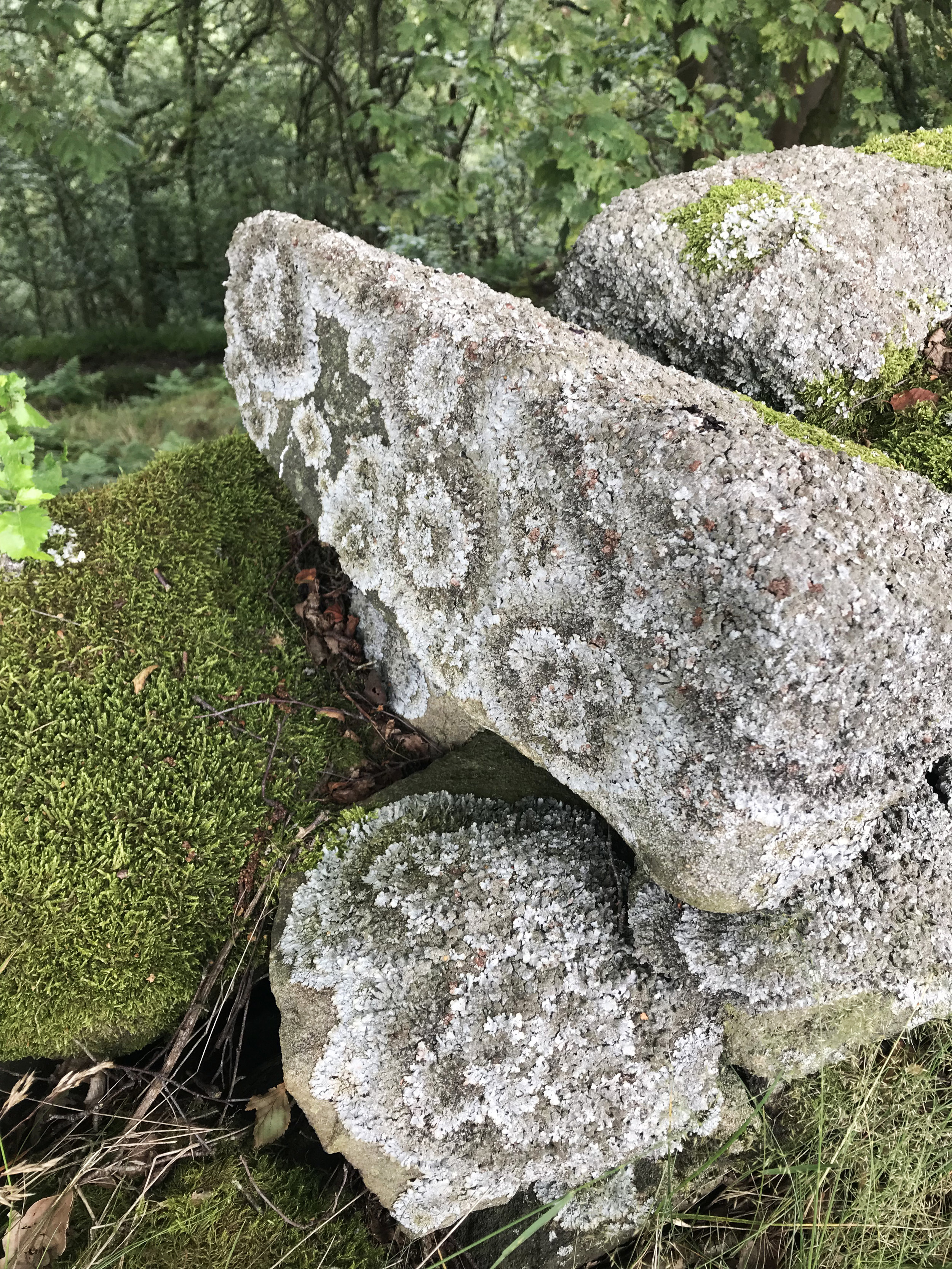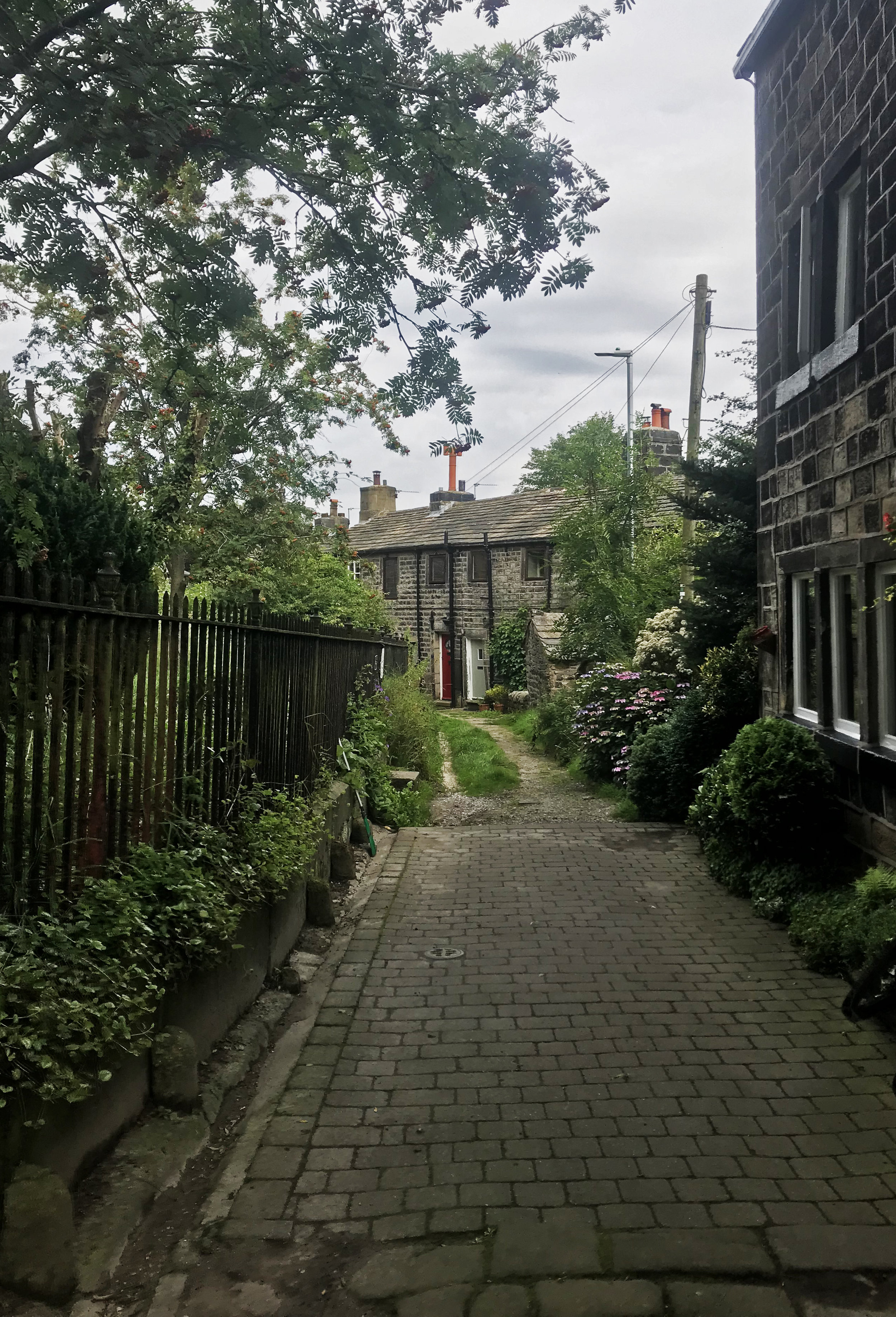My phone camera has 12 megapixels, HDR, wide colour capture and a “sapphire crystal lens cover”, yet it is completely thrown by the light in West Yorkshire. It’s difficult to convey in words or images how different the sky is there, and the vibrant tones the light gives to plant-life.
The same white geese, photographed moments apart. From salmon pink to a celestial blue.
Sam and I recently embarked on a meander through Hebden Bridge and the Upper Calder Valley. I have never seen such large moths - they must be drawn to the light there, too.
Hebden Bridge feels like a secret garden, every cobble and brick supporting ferns, mosses and alpines. If you’re wondering where all the insects in the UK have gone, they’ve gone to Hebden. We stayed with a gardener and even she was surprised at how many bees, butterflies and hover flies her flowers had attracted.
Himalayan Balsam, an invasive “weed” which loves riverbanks. I first came across this plant in Worcestershire, where it lined the River Severn along our walk to a remote pub. The flower smells a bit like browning butter and is the perfect protective cup for a bumble bee.
We made our way up to Hardcastle Crags and Gibson Mill, which produced cotton cloth from about 1800 to 1890.
After the mill stopped production, locals were invited to use the building as an “entertainment emporium.” The top floor of the main mill building was used as a roller-skating rink!
The poet Ted Hughes was born in Mytholmroyd (however you think it’s pronounced: you’re wrong) in 1930. After a spell in South Yorkshire, he and his family moved back to the Calder Valley, to Heptonstall. We stopped off in this village for lunch and for a place with a population of only 1,470, it was very interesting.
Heptonstall by Ted Hughes
Black village of gravestones
The hill's collapsed skull
Whose dreams die back
Where they were born.
Skull of a sheep
Whose meat melts
Under its own rafters.
Only the flies leave it.
Skull of a bird,
Whose great geographies
Drained to sutures
Of cracked windowsills.
Life tries.
Death tries.
The stone tries.
Only the rain never tires.
The Heptonstall Church site actually has two churches and three graveyards in one churchyard. I think I remember reading that this is one of only two churchyards in the country with two churches in it. Above is a panoramic view - the ruins of St Thomas a’ Becket, built between 1256 and 1260 on the left, and St Thomas the Apostle, built around 1854 on the right. A storm in 1847 destroyed the original church’s West face of the tower. The second church then suffered a lightning strike in 1875, knocking off a massive pinnacle. You tell me what was going on here to cause all this destruction…!
Both Ted Hughes and Sylvia Plath are buried in the most modern of the three graveyards. Her headstone is often vandalised to remove Hughes’s surname. There’s reading to be done about that.























